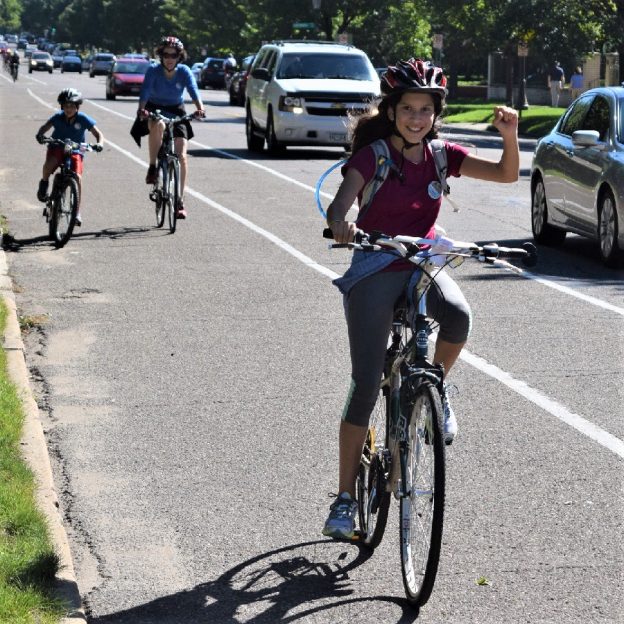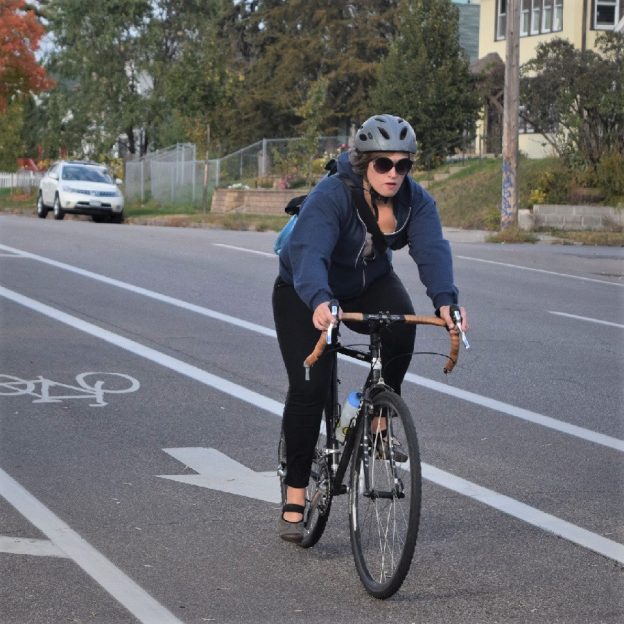Tag: ride to work
-

Tips and tricks to make riding to school fun, and safe
All around the country, bike paths are being built, and designated bike lanes are being established. So, riding to school can be an easy and safe option with all the colorful fall weather ahead. Many of these paths are routed from neighborhoods to nearby schools to get more kids energized by riding. To encourage your…
-

Bike commuting necessities and niceties to make your ride great
Bike commuting is an easy way to add miles, increase fitness, jump start your energy level for the day while enjoying nature, especially with warmer weather. Once you start commuting by bike, you will find the hassle factor lessens while your overall trip acts as your workout for the day. You are saving yourself hours…
